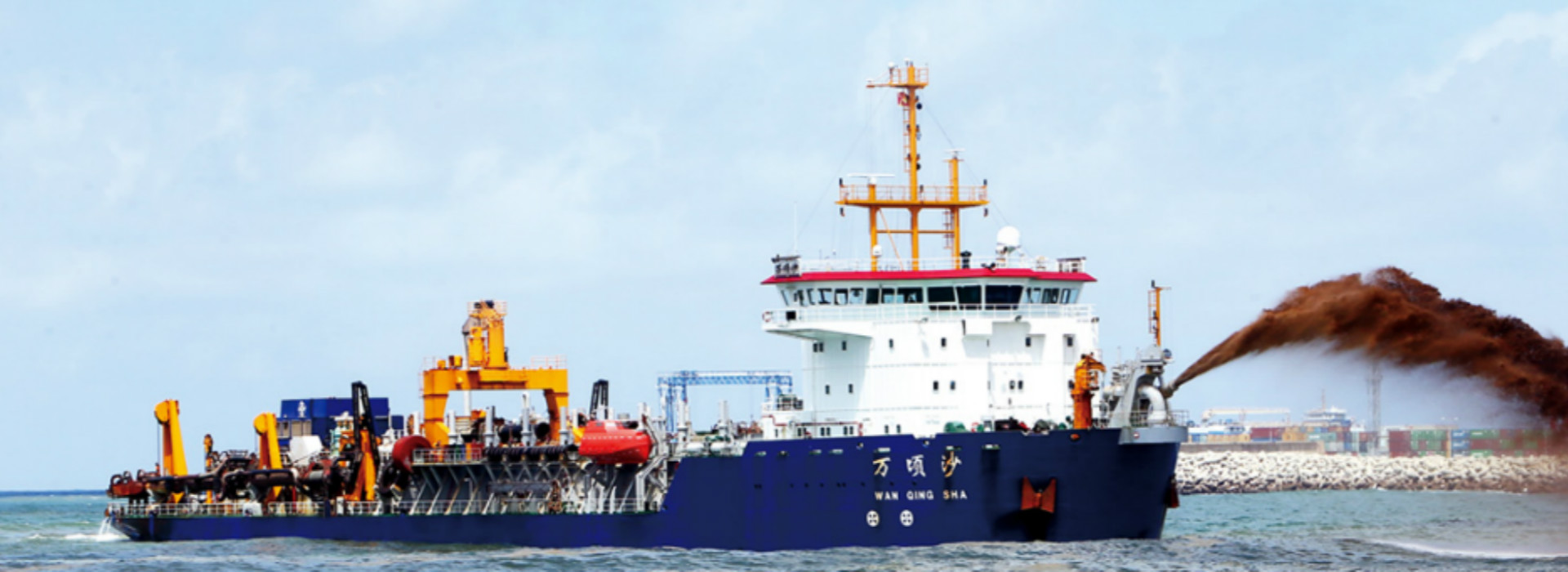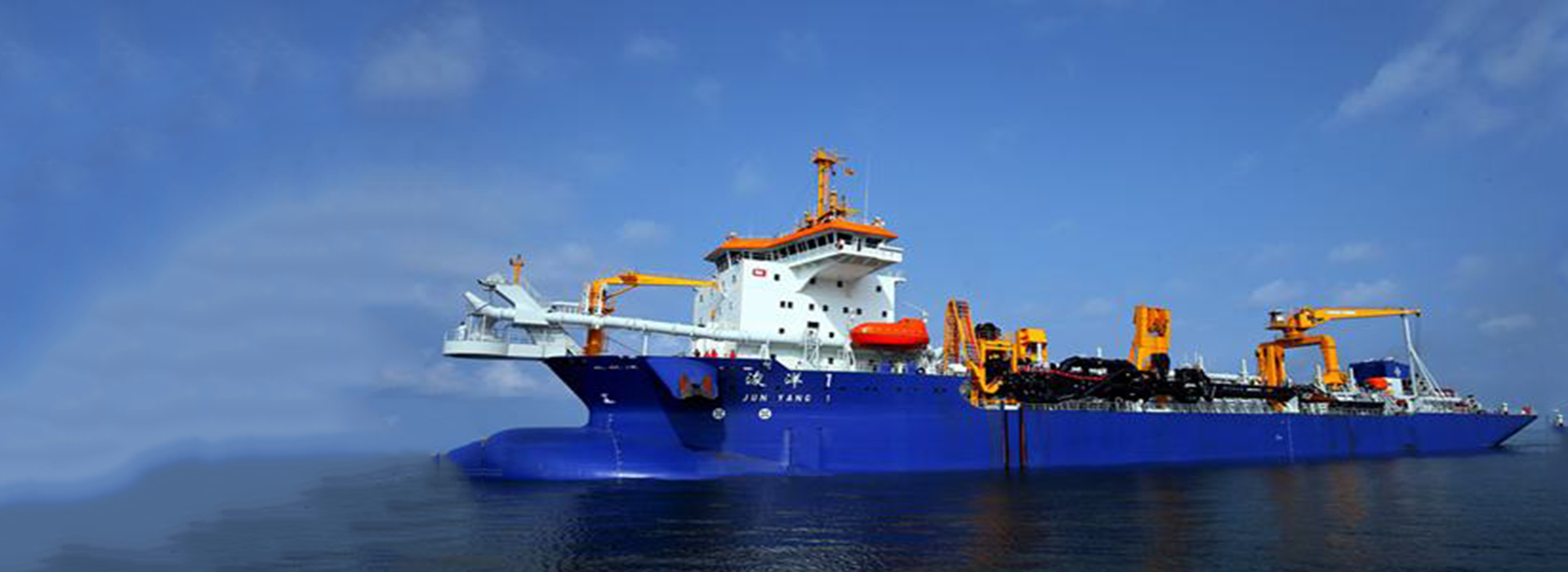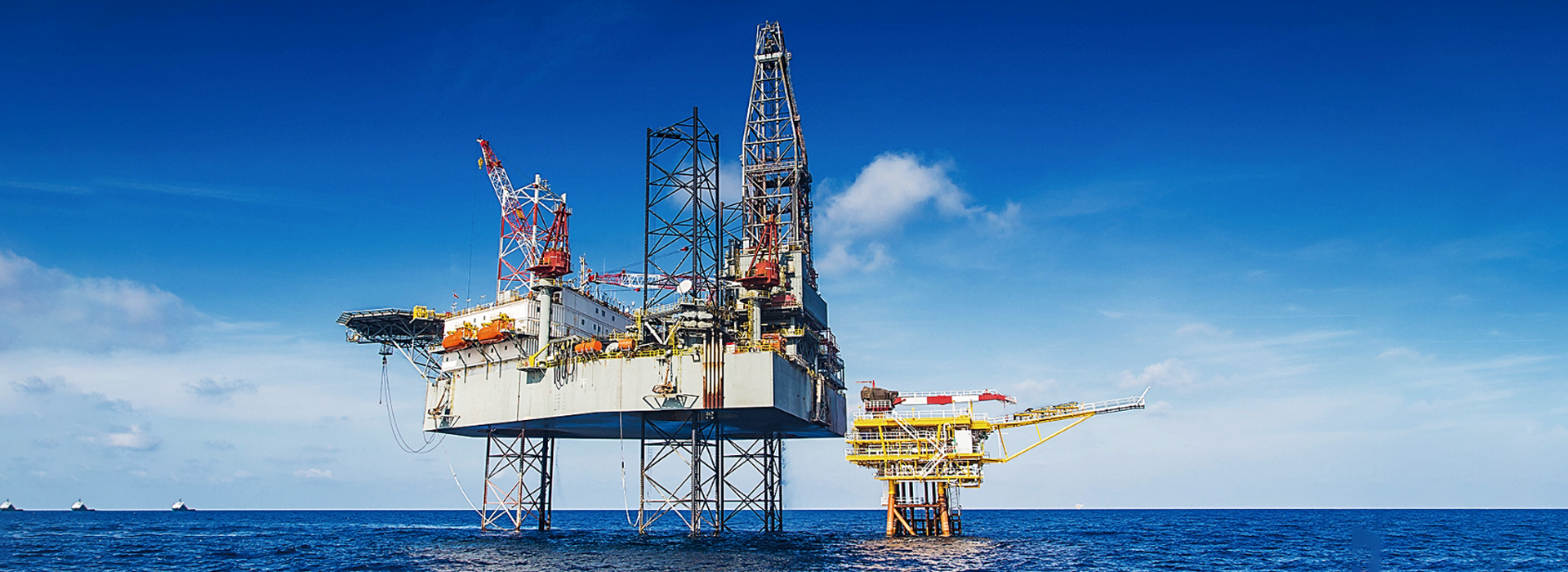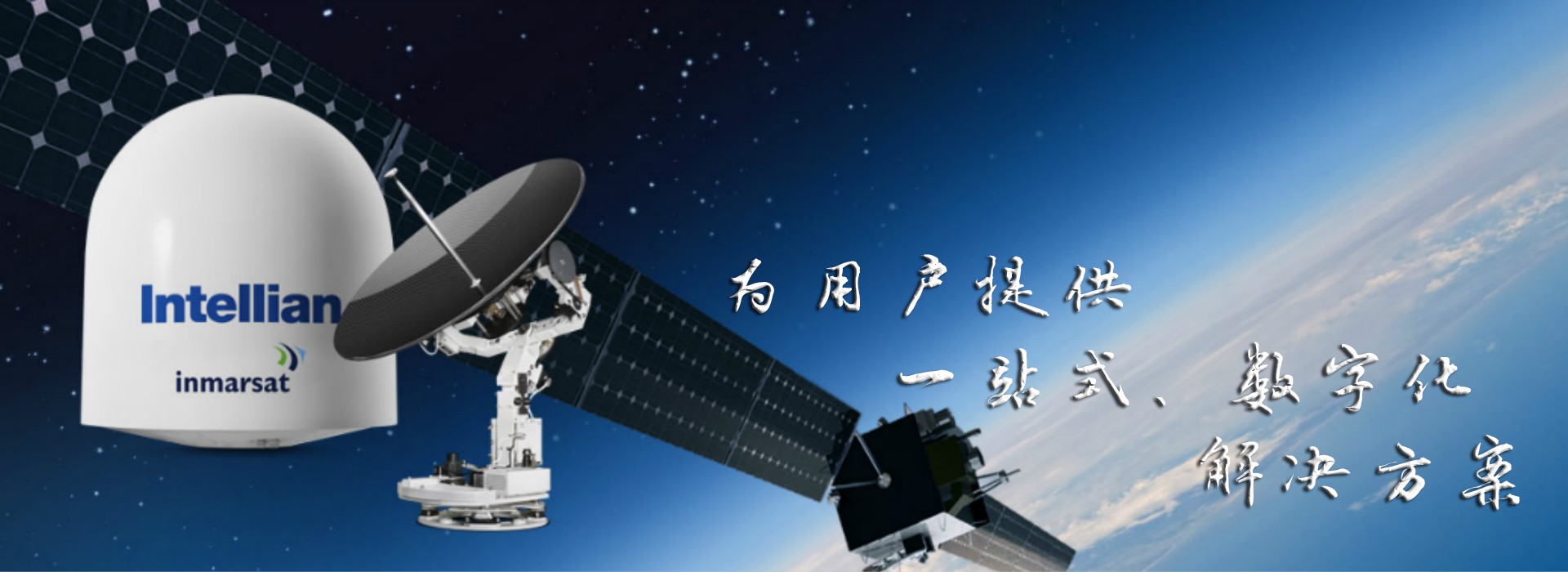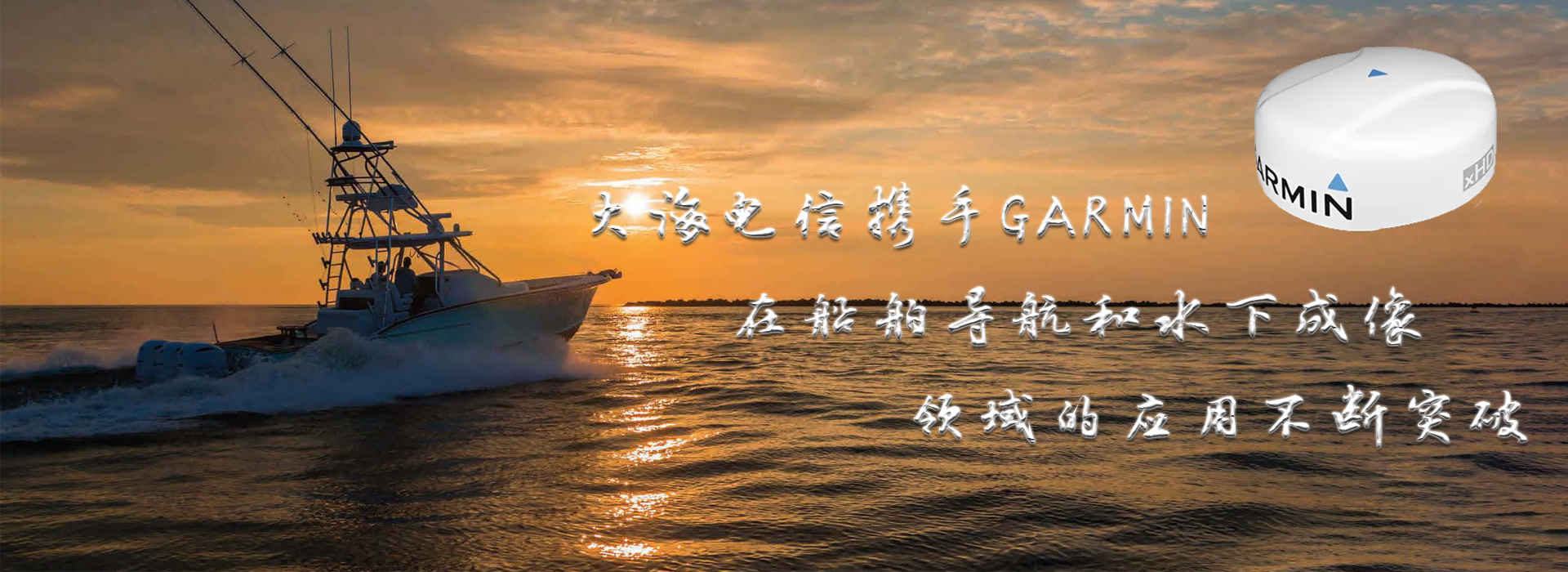SATELLITE Emergency Position Indicating Radio Beacon (SATELLITE EPIRB)
The JQE-103, a highly reliable life-saving compact float-free satellite EPIRB incorporates new advancements in technology, enhancing search and rescue within ‘the golden day’.
To comply with GMDSS regulations vessels must carry a satellite EPIRB. During critical situations, the EPIRB will be released and activated, either automatically or manually. Once activated, the EPIRB will transmit vessel specific information on 406MHz that is passed, via satellite, to the RCC. This information is used to commence SAR operations and with search aircraft monitoring the 121.5MHz transmissions enables the EPIR
The JQE-103 is a brightly-colored, lightweight, watertight and rugged EPIRB, allowing it to be easily mounted on a bulkhead. Additionally, if a situation occurs where it is required to throw the EPIRB overboard, the hardened outer shell will remain intact after a drop onto the water surface from a maximum 20-meter height.
Safety measures are taken to prevent faulty signal transmissions. The self-deploying automatically activates when the beacon floats to the surface." In the event of distress the beacon can also be activated manually by a simple switch operation. JRC distinguishes itself in having the automatic release bracket included as standard.
The reliable satellite EPIRB is an immense improvement in safety and has a useful life of 7-10 years, operating across a range of harsh climatically conditions. Improved battery life of the JQE-103 extends the first replacement up to 5 years. JR advanced water pressure sensor has a replacement period of up to 2 years.
The JQE-103 complies with IMO MSC.152 (78) carriage requirements. In addition, JRC is continuously developing and evaluating new products based upon future IMO requirements that will contribute for your future safety and navigation at sea.

